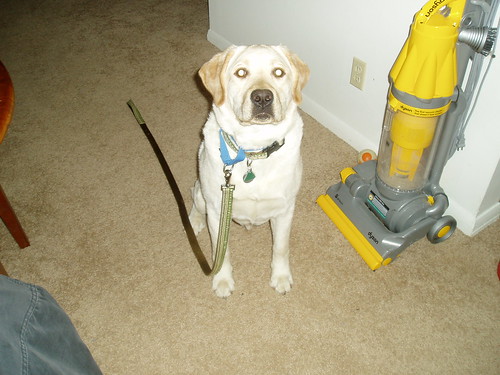
Sociologists study the weirdest things, and this collection of research follows the awkward politics of bathroom behavior. User anxiety, eye contact, waiting in line: so many things from interaction to gender segregation are governed by unspoken social agreements. Editors Harvey Molotch and Laura Noren compile research and essays evaluating what rules exist, what happens when they’re broken, and why they were even there in the first place.
Toilet: Public Restrooms and the Politics of Sharing is great for people interested in sociology, psychology, or people who loathe using public restrooms.





/lc.gif&client=johnsonh)